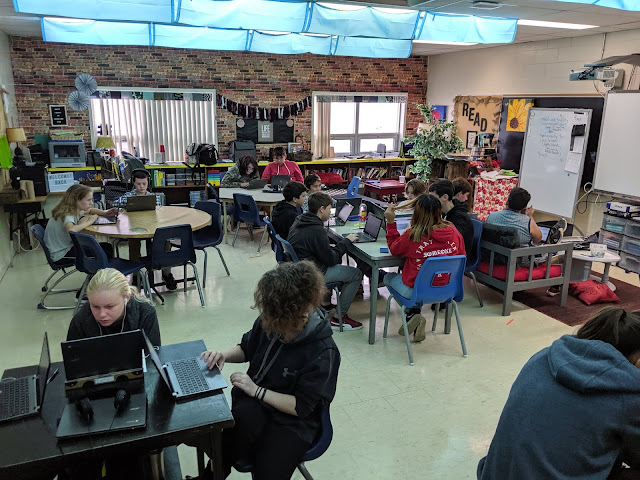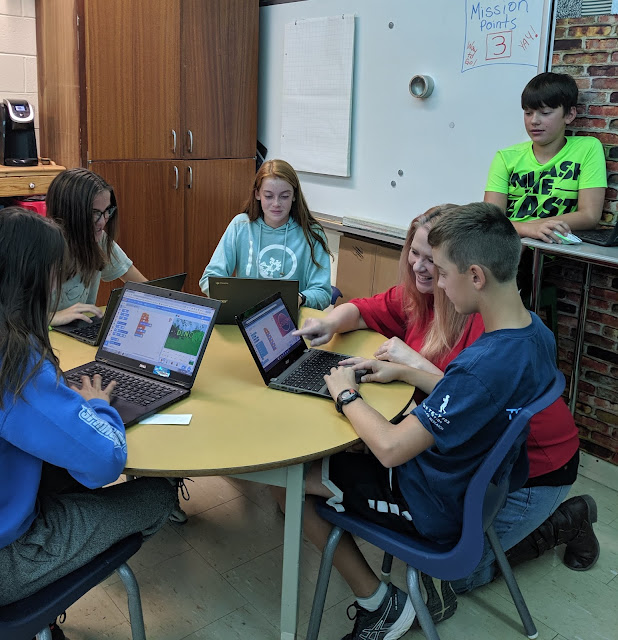Having taught for almost seventeen years on Manitoulin Island -- at the same school I attended from kindergarten to grade 8, no less -- I know how challenging it is to keep students engaged and excited in class.
That’s why I was so happy to come across CS First, Google’s free computer science curriculum that makes coding easy for teachers to share and fun for students to learn. Earlier this year, I signed up for an evening workshop to learn CS First, with the hopes of being able to introduce it to my grade eight students.
At the workshop, I learned about an interesting concept called ‘computational thinking’. It’s a systematic approach to solving problems through data that is at the foundation of computer science and can be applied to many other subject areas -- and careers -- that intersect with technology.
As a teacher in a rural community, I can see how CS First will allow my students the opportunity to explore ways in which computer science can fit into their interests and possibly lead them down a career path they didn’t consider before. '
Ask any student or teacher, grade 8 can be a difficult age to engage students in something new. Many students are self-conscious and are reluctant to take risks. They can also get frustrated when things don’t go right. Often, they think the easy way out is to just quit.
CS First uses computational thinking to teach students not just hard skills, like coding, but the soft skills they need to be successful in life.
Recently, one of my students worked very hard on a CS First project and, well, had a “tech fail”. His entire project was lost, and he was very disappointed to say the least. While some students would easily give up, this student went right back to work, rewatched the tutorials online and created something even better than before. CS First helped teach the class a great lesson that day, beyond just learning how to code: there will inevitably be “tech fails”, and it is how you overcome these problems that will help you succeed in life.
The beauty of CS First is that it is so accessible to all students. There is no requirement for peripheral materials. I am lucky that my students have 1:1 access to Chromebooks, but even if a class didn’t have this option, it can still be used effectively with offline lessons.
I think if you’re a teacher interested in expanding computer science into your classroom, give CS First a try, you’ve got nothing to lose! The amount of problem-solving and willingness to take risks I have witnessed so far from my students has been worth it. Even teachers who are not comfortable with coding can find success in their classrooms.
Education opens doors for people that may be otherwise shut. It is my goal to expose my students to as many opportunities as I can so they don’t feel limited by their circumstances or geographic location. I teach amazing students that will have big impact in our world, and I want them to recognize that.
Editor’s note: Want to see CS First in action? Watch this video featuring an elementary school from Waterloo! If you’re interested in CS First, check out our website for how to get started.














